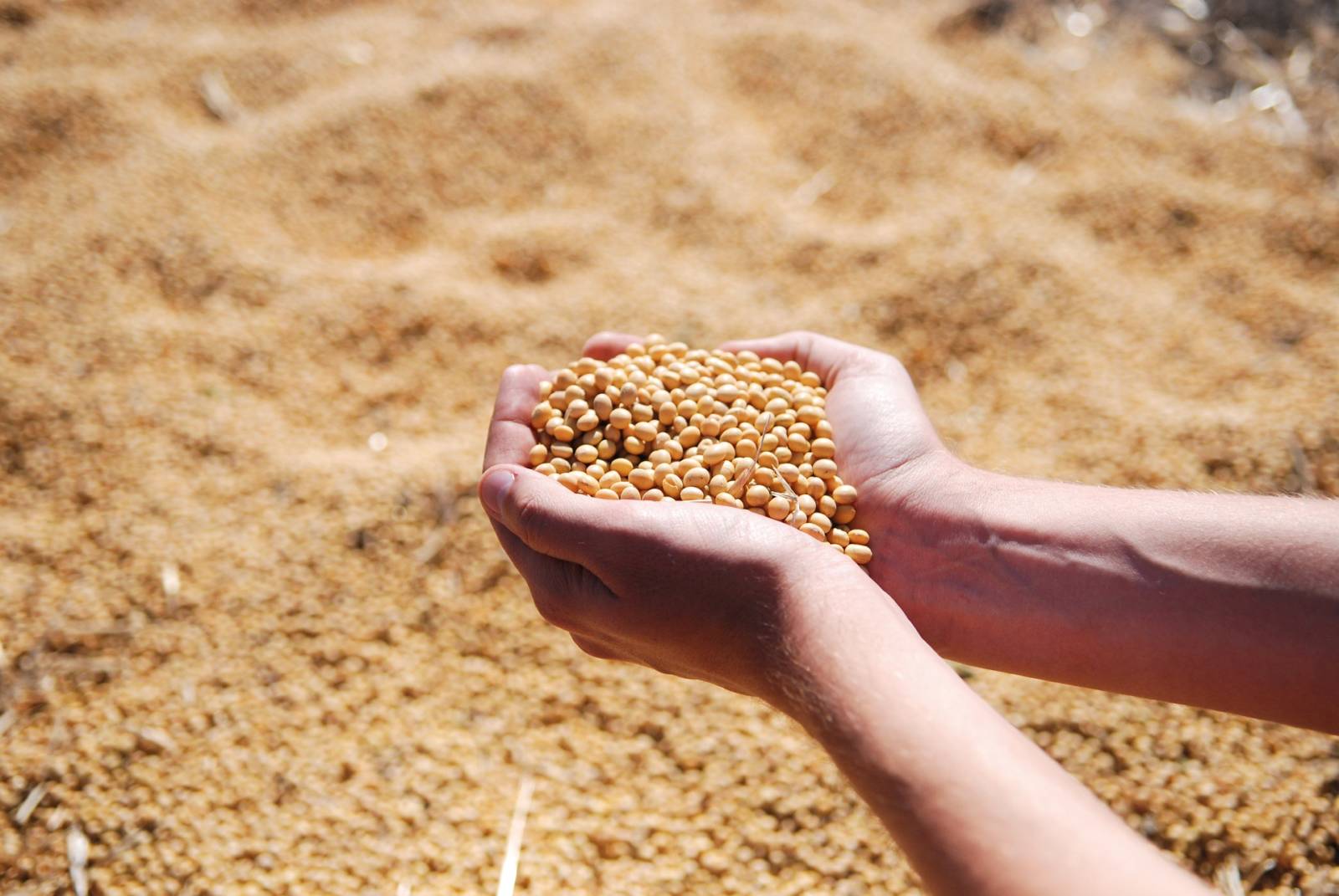Four large new soybean crushing plants and one small plant are scheduled to be built in increasingly large soybean surplus areas. Plants are planned for Ithaca, Michigan, Aberdeen, South Dakota, Spiritwood, North Dakota, Crookston, Minnesota and Massena, New York, with annual capacities of 40 million bushels, 50 million bushels, 42 million bushels, 21 million bushels, and 6 million bushels, respectively. Having an origination plant (access to a supply of soybeans and shipping out the products) is generally considered more profitable than a destination plant (access to end markets and shipping in the soybeans). As a rule, large animal and human populations do not coexist very well, which makes finding an ideal destination plant location difficult. Also, locating crushing plants further north avoids the issue of local soybeans being exported during years the world soybean supply is short. For example, South America has a below normal crop and the first soybeans harvested in the U.S. are shipped directly to the Mississippi River for export, which results in soybean crushing plants located in the Mississippi Portal (Louisiana, Mississippi, Arkansas, Tennessee area) having to ship in soybeans from Missouri and Illinois during the summer to remain operational.
The northern and western Corn Belt expansion has resulted in farmers located in the expansion areas receiving deeply discounted soybean prices while the animal operations receive expensive soybean meal. With a soybean crushing plant providing local consumption, soybean basis should improve and encourage more local soybean production. Likewise, the availability of local soybean meal should lower the cost of animal feed and encourage more animal production. This is a great development for farmers and domestic animal operations.
For soybean crushers, the new soybean crushing plants creates challenges and alters trading routes. For existing domestic soybean crushing plants that sold directly into the soybean meal deficit areas, new customers are required to fill the approximately 3.6-million-ton soybean meal void created by the new crushing plants. That can be accomplished primarily by either exporting more soybean meal, lowering price to capture more market share within truck distance (typically 50 miles), and/or reducing crush.
For export origination facilities, such as shuttle train elevators, a new crushing plant will buy away approximately 150 million bushels of supply origination. For a farmer that has been totally dependent on the export market and in turn the railroads, some competition for the soybeans is a very welcome development. The only negative for the farmer is the shuttle elevator possibility closing. Typically, with the trend towards more soybean production through higher yields and acreage, the shuttle elevator will remain open.
The expansion of the domestic soybean crushing industry and animal operations is very positive for U.S. soybean growers. The export markets are wonderful, but a strong domestic market provides more stability. The added soybean infrastructure will underpin increased expansion in the U.S. soybean complex.
